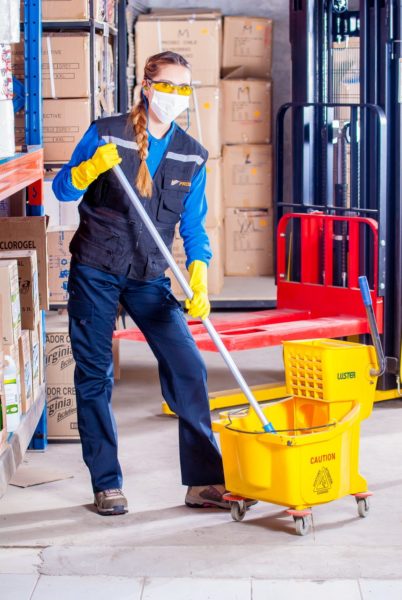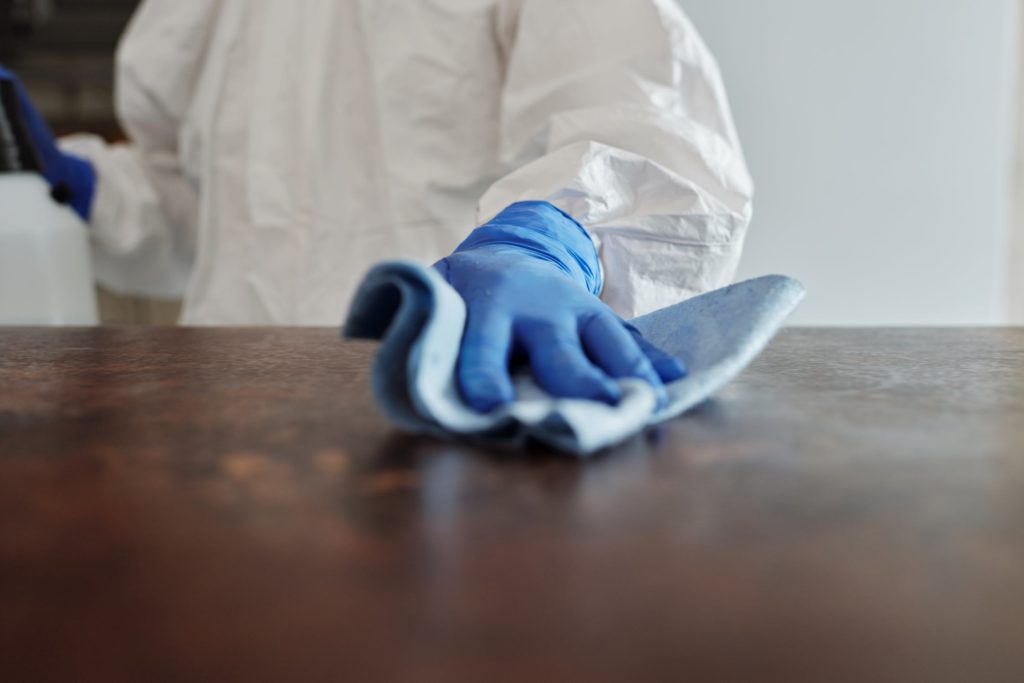The food industry works with consumers through trust. Canadians trust the companies making their food to deliver safe products for them and their families – contamination can erode this trust, put consumers at serious risk, and incur costly fines.
Is it possible for food processing and handling facilities to reach zero contamination? Yes, it is! By creating a robust safety culture, having proper facility layouts, and putting good safety programs in place, any facility that handles food can cut contamination entirely.
Reaching Zero Contamination: Creating A Robust Safety Culture
 Having systems for controlling foreign material is imperative in the food manufacturing industry. To make these as effective as possible, all levels of an organization must have a “zero-defect mindset” culture, and it must include all levels of the organization.
Having systems for controlling foreign material is imperative in the food manufacturing industry. To make these as effective as possible, all levels of an organization must have a “zero-defect mindset” culture, and it must include all levels of the organization.
For example, leaders must empower all employees by giving them the correct training and knowledge to identify and act when they notice a problem. Management can also lead by example, following safety rules to the letter and giving no passes to those high up in the organization.
An important element to this type of engagement is helping employees understand why these instances can lead to issues and not assume everyone understands the reasoning.
Reaching Zero Contamination: Proper Facility Set-Ups
Designing the right detection capabilities based on the program requirements will help a facility control and prevent foreign materials from getting into products. Most facilities will use five primary detection methods: X-rays, metal detection, magnets, optical sorting, and separation systems.
- X-rays detect bones, plastic, glass, and many other foreign materials before they can reach another stage of handling or packaging.
- Metal detectors can depend on the type of metals used in the facility. For example, a ferrous-in-foil system can identify ferrous objects in containers made of foil.
- Magnets are another form of contamination deterrence in facilities that use multiple kinds of metal.
- Optical sorting uses cameras, lasers, and other high technology to pick out foreign materials by shape, colour, and size.
- Separation systems use simple tools like sieves and screens; these separate any incorrectly-sized materials out of the food product.
When a facility uses these five detection tools correctly and calibrates them regularly, the equipment can help them reach zero contamination. However, the whole process still requires human intervention, making it imperative to have thorough and proper safety programs.
Reaching Zero Contamination: Outlining Proper Safety Programs
 Finally, attaining zero contamination requires programs that outline all safety expectations for internal workers within the manufacturing facilities and external workers like suppliers and other manufacturers in the production chain. It’s a process that will identify the contaminants that are likely to occur, documentation protocols, employee awareness, training, and proper qualifications across the supply chain.
Finally, attaining zero contamination requires programs that outline all safety expectations for internal workers within the manufacturing facilities and external workers like suppliers and other manufacturers in the production chain. It’s a process that will identify the contaminants that are likely to occur, documentation protocols, employee awareness, training, and proper qualifications across the supply chain.
Facilities must also have the correct protocols to verify that the hazard controls are properly working and that a plan is in place should a control stops working. These protocols must include corrective and preventive actions in case of a failure and assign responsibility using the outlined requirements.
Reaching zero contamination takes some work, but it should be the goal of all food facilities. By following the principles of food safety inspection processes like Hazard Analysis and Critical Control Point (HACCP), consulting with food safety experts, and staying vigilant, your food safety operation can completely eliminate hazards.
